As someone who’s been working with plastics and elastomers for nearly two decades, I’ve seen my fair share of production challenges, from bubbles in molded parts to hazy extrusions. One question that keeps coming up, especially from manufacturers new to thermoplastic elastomers (TPE), is: Does TPE material need to be dried before processing? It’s a critical topic because TPE’s unique blend of flexibility and processability makes it a star in industries like automotive, medical, and consumer goods. But mishandling it can lead to costly defects or scrapped batches. In this article, I’ll draw on my hands-on experience to explain when and why drying TPE is necessary, how to do it properly, and what mistakes to avoid, all while sharing practical tips and real-world stories to help you get the most out of this versatile material.
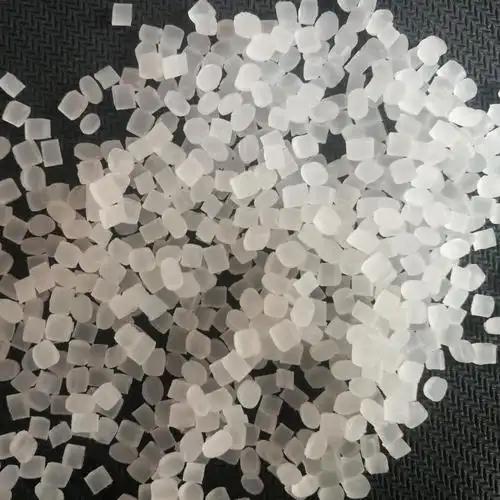
What Is TPE, and Why Does Drying Matter?
Let’s start with the basics. TPE, or thermoplastic elastomer, is a class of materials that combines the elasticity of rubber with the ease of processing of thermoplastics. It’s used in everything from soft-touch grips and medical tubing to automotive seals and flexible packaging. TPEs come in various types, including styrene-based (SEBS, SBS), polyurethane-based (TPU), olefin-based (TPO), and copolyester-based, each with distinct properties.
Drying, in the context of plastics processing, means removing moisture from the material before it’s melted and formed. Moisture in TPE can cause issues like bubbles, splay, hazy surfaces, or reduced mechanical strength, which are especially problematic for applications requiring clarity or precision. But unlike notoriously hygroscopic materials like nylon or PET, TPE’s need for drying varies, and that’s where things get tricky. So, let’s tackle the big question: Does TPE need to be dried?
Does TPE Material Need to Be Dried?
The answer: It depends on the TPE type, storage conditions, and application, but drying is often recommended to ensure high-quality results.
In my years working with TPEs, I’ve learned that while some grades are less prone to moisture absorption, many can still pick up enough water to cause problems during processing. The decision to dry hinges on several factors, and getting it wrong can lead to defects that ruin a production run. Here’s why drying matters and when it’s necessary:
Moisture Sensitivity: Some TPEs, like TPU, are highly hygroscopic and absorb moisture readily, while others, like SEBS, are less so but can still accumulate surface moisture.
Processing Defects: Moisture can vaporize in the melt, causing bubbles, streaks, or voids, especially in transparent or thin-walled parts.
Application Requirements: For medical, optical, or high-precision parts, even minor defects from moisture are unacceptable.
My Story: I once helped a client producing TPE seals for automotive parts. They skipped drying, thinking their SEBS-based TPE was “moisture-resistant.” The result was a batch with visible splay marks, leading to a costly recall. After implementing a drying step, their parts passed quality checks with flying colors.
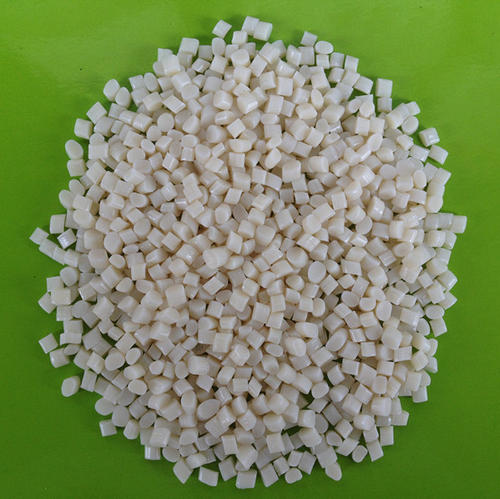
When Is Drying TPE Necessary?
To determine whether your TPE needs drying, consider these key factors:
1. Type of TPE
TPEs vary in their chemical makeup, which affects their moisture absorption:
TPU (Thermoplastic Polyurethane): Highly hygroscopic, almost always requires drying due to its polar structure.
SEBS/SBS (Styrene-Based TPE): Low to moderate hygroscopicity, but drying is recommended for transparent grades or humid environments.
TPO (Olefin-Based TPE): Generally non-hygroscopic, but surface moisture can still cause issues in critical applications.
Copolyester TPE: Moderately hygroscopic, often needs drying for clarity or precision.
My Tip: Always check the material data sheet from suppliers like Kraton, BASF, or Teknor Apex. It will specify whether drying is required and provide recommended conditions.
2. Storage and Environmental Conditions
TPE pellets can absorb moisture if stored improperly:
Humid Environments: In high-humidity areas (e.g., coastal regions or rainy seasons), even non-hygroscopic TPEs can pick up surface moisture.
Open or Unsealed Bags: Exposure to air increases moisture content over time.
Long Storage: Pellets stored for months may absorb more moisture than freshly delivered material.
Case Study: A client stored TPO pellets in an unsealed warehouse during a humid summer. Their extruded parts had bubbles, despite TPO’s low hygroscopicity. Drying at 65°C for 2 hours eliminated the issue, proving that storage matters.

3. Processing Method and Application
The need for drying depends on how the TPE is processed and its end use:
Injection Molding: Thin-walled or transparent parts are highly sensitive to moisture, making drying critical.
Extrusion: Continuous processes like tubing or film extrusion may tolerate slight moisture, but drying ensures consistency.
Critical Applications: Medical devices, optical components, or clear packaging demand dry material to avoid haze or defects.
Real Example: A manufacturer of TPE medical tubing skipped drying, assuming their SEBS-based material was safe. The tubing had cloudy streaks, failing FDA standards. Drying at 70°C for 3 hours restored clarity and compliance.
Why Moisture in TPE Is a Problem
Moisture in TPE can wreak havoc during processing:
Bubbles and Voids: Water vaporizes in the melt, creating air pockets that weaken parts or ruin clarity.
Splay or Streaks: Moisture causes silver streaks or cloudiness, especially in transparent TPE.
Mechanical Degradation: Wet TPE may lose elasticity or tensile strength due to hydrolysis.
Processing Issues: Moisture can lead to inconsistent flow, die buildup, or equipment wear.
Drying removes both absorbed and surface moisture, ensuring a stable melt and high-quality parts. In my experience, skipping this step is a gamble that rarely pays off for precision applications.
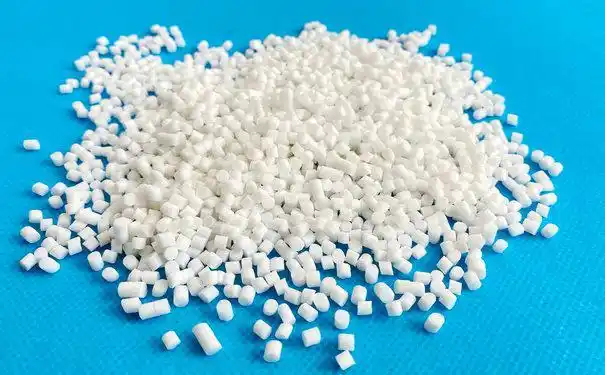
How to Dry TPE Material Properly
If drying is needed, doing it right is essential. Here’s a step-by-step guide based on my years of troubleshooting:
1. Consult Supplier Guidelines
Check the material data sheet for specific drying conditions. Typical parameters:
Temperature: 60-90°C (140-194°F), depending on the TPE type.
Time: 2-4 hours for most grades; longer for TPU or heavily moist material.
Avoid exceeding recommended temperatures to prevent degradation or pellet sticking.
2. Choose the Right Drying Equipment
Desiccant Dryer: Best for TPE, as it uses dry air to remove moisture efficiently.
Hot Air Dryer: Suitable for less hygroscopic TPEs like SEBS but less effective for TPU.
Vacuum Dryer: Useful for sensitive grades to minimize oxidation.
My Advice: Invest in a desiccant dryer with a dew point below -20°C for consistent results, especially for hygroscopic TPEs.
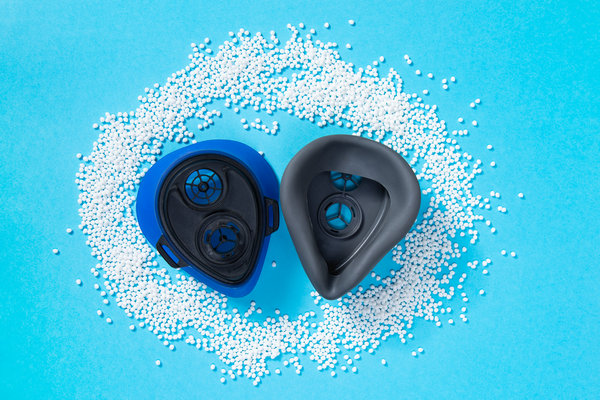
3. Drying Process
Inspect Pellets: Look for clumping or stickiness, indicating high moisture.
Load Evenly: Spread pellets in the dryer hopper for uniform drying.
Set Parameters: Follow supplier guidelines (e.g., 80°C for 3 hours for TPU).
Verify Moisture: Use a moisture analyzer to ensure levels are below 0.02% before processing.
4. Post-Drying Handling
Transfer dried TPE to a sealed hopper or container to prevent reabsorption.
Process within a few hours, especially in humid environments.
My Experience: A client producing TPE grips for consumer electronics used a desiccant dryer at 75°C for 2 hours. The result was defect-free parts with perfect clarity, compared to earlier batches with bubbles from undried material.
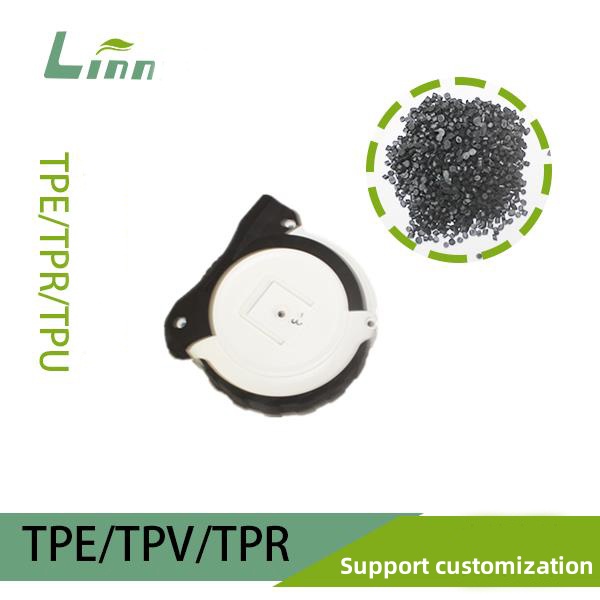
Drying Guidelines for Common TPE Types
Here’s a quick reference for drying common TPEs:
| TPE Type | Hygroscopicity | Drying Temperature (°C) | Drying Time (Hours) |
|---|---|---|---|
| TPU | High | 80-90 | 3-4 |
| SEBS/SBS | Low to Moderate | 60-80 | 2-3 |
| TPO | Low | 60-70 (if needed) | 1-2 |
| Copolyester TPE | Moderate | 70-85 | 2-3 |
Note: These are general guidelines. Always follow the supplier’s data sheet, as additives or blends can alter drying needs.
Common Mistakes and How to Avoid Them
I’ve seen plenty of manufacturers stumble when handling TPE. Here are common errors and how to dodge them:
Assuming No Drying Needed: Even low-hygroscopic TPEs can pick up surface moisture in humid conditions, causing defects.
Over-Drying: Too-high temperatures or excessive time can degrade TPE, leading to discoloration or brittleness.
Poor Storage Post-Drying: Leaving dried TPE exposed to air reintroduces moisture, undoing your efforts.
Inadequate Equipment: Using a hot air dryer for TPU can leave residual moisture, causing processing issues.
Case Study: A client over-dried TPU at 100°C for 6 hours, hoping to “be safe.” The material turned brittle, ruining a batch of medical tubing. Switching to 85°C for 3 hours restored quality.

Benefits of Drying TPE
Proper drying delivers measurable advantages:
Defect-Free Parts: Eliminates bubbles, splay, and haze for clear, consistent results.
Improved Properties: Preserves elasticity, strength, and durability by preventing hydrolysis.
Higher Yields: Reduces scrap rates, saving material and production costs.
Equipment Longevity: Minimizes die buildup or screw wear from wet material.
Real Example: A manufacturer of TPE shoe soles implemented drying after noticing voids in their parts. Yields jumped from 80% to 98%, saving thousands in material costs.
When Can You Skip Drying?
In some cases, drying may not be mandatory:
Non-Hygroscopic TPEs: SEBS or TPO grades stored in dry, sealed conditions may not need drying.
Non-Critical Parts: Opaque or thick-walled parts may tolerate slight moisture without visible defects.
Low-Humidity Environments: If relative humidity is below 30%, moisture absorption is minimal.
My Advice: Even for “non-hygroscopic” TPEs, a quick 1-2 hour dry at 60°C is a low-risk way to ensure quality, especially for transparent or precision parts.
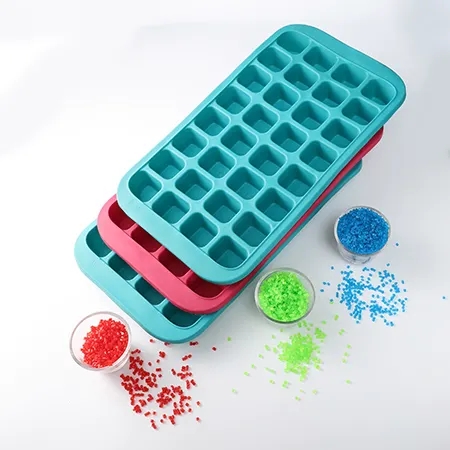
Alternatives to Drying
If drying equipment isn’t available, consider these workarounds:
Sealed Storage: Store TPE in airtight bags with desiccant packets to minimize moisture.
Vacuum Hopper: Use a vacuum-fed hopper during processing to reduce moisture exposure.
Pre-Dried Material: Buy pre-dried TPE from suppliers, though this increases costs.
My Story: A small factory lacked a dryer but stored SEBS in sealed containers with silica gel. They managed simple extrusion jobs without issues but needed drying for clear parts.
Practical Tips for TPE Processing
Here are my go-to tips for handling TPE:
Test Moisture Levels: Use a moisture analyzer to confirm levels below 0.02% before processing.
Store Smart: Keep TPE in sealed, dry containers, ideally with desiccant.
Run Trials: Compare dried vs. undried material in small batches to assess defect rates.
Clean Equipment: Regularly clean dryers and hoppers to prevent contamination.
Real Example: A client producing TPE packaging films tested drying at 70°C vs. no drying. Undried material caused 15% defects (haze, bubbles), while dried material had near-zero issues, boosting efficiency.
Conclusion: Drying TPE Is Often a Must for Quality
In summary, drying TPE material is usually necessary, particularly for hygroscopic grades like TPU or applications demanding clarity and precision. While some TPEs, like SEBS or TPO, may not always require drying, factors like storage conditions and processing needs make it a wise step to avoid defects. My years in the industry have taught me that a little upfront effort in drying can prevent big problems down the line. Follow supplier guidelines, use proper equipment, and store TPE carefully, and you’ll produce top-notch parts every time. Have questions about your specific TPE or setup? I’m here to share practical advice tailored to your needs!
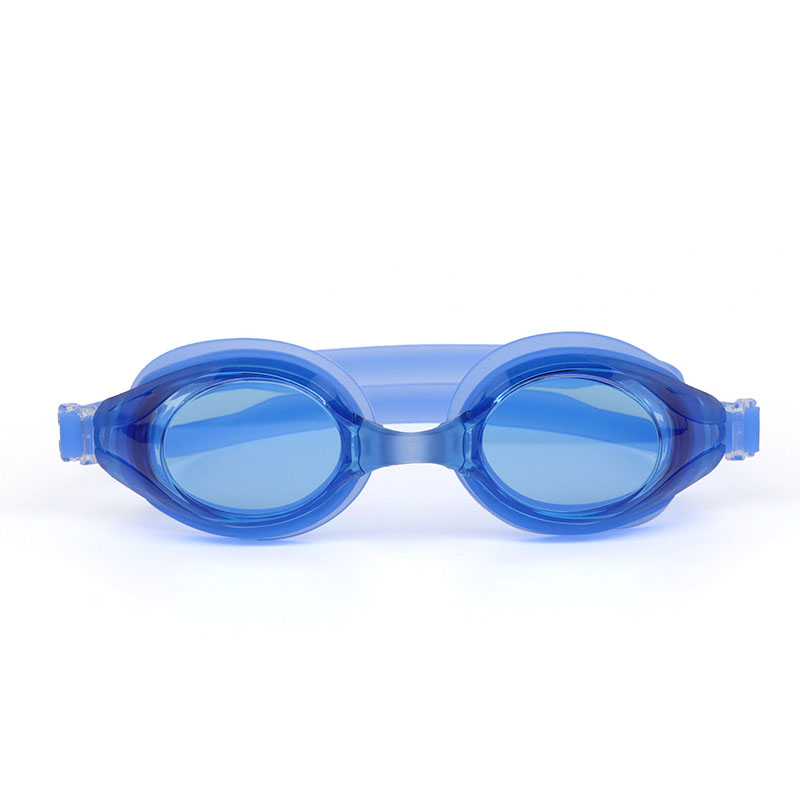
Related Questions and Answers
Q1: How can I tell if my TPE needs drying?
A: Check the supplier’s data sheet for drying requirements. If the TPE is stored in humid conditions or used for clear/precision parts, drying is likely needed to avoid bubbles or haze.
Q2: Is it safe to skip drying for non-critical TPE parts?
A: For opaque or thick parts with low-hygroscopic TPEs (e.g., TPO), you may skip drying if stored properly. Test a small batch to confirm quality before full production.
Q3: What happens if I dry TPE at the wrong temperature?
A: Over-drying (too hot or too long) can degrade TPE, causing brittleness or discoloration. Under-drying leaves moisture, leading to defects. Follow supplier guidelines (e.g., 60-90°C, 2-4 hours).
Q4: How should I store TPE to reduce drying needs?
A: Store in sealed bags or containers with desiccant packets in a cool, dry place (below 30% humidity). Use within weeks to minimize moisture absorption.





